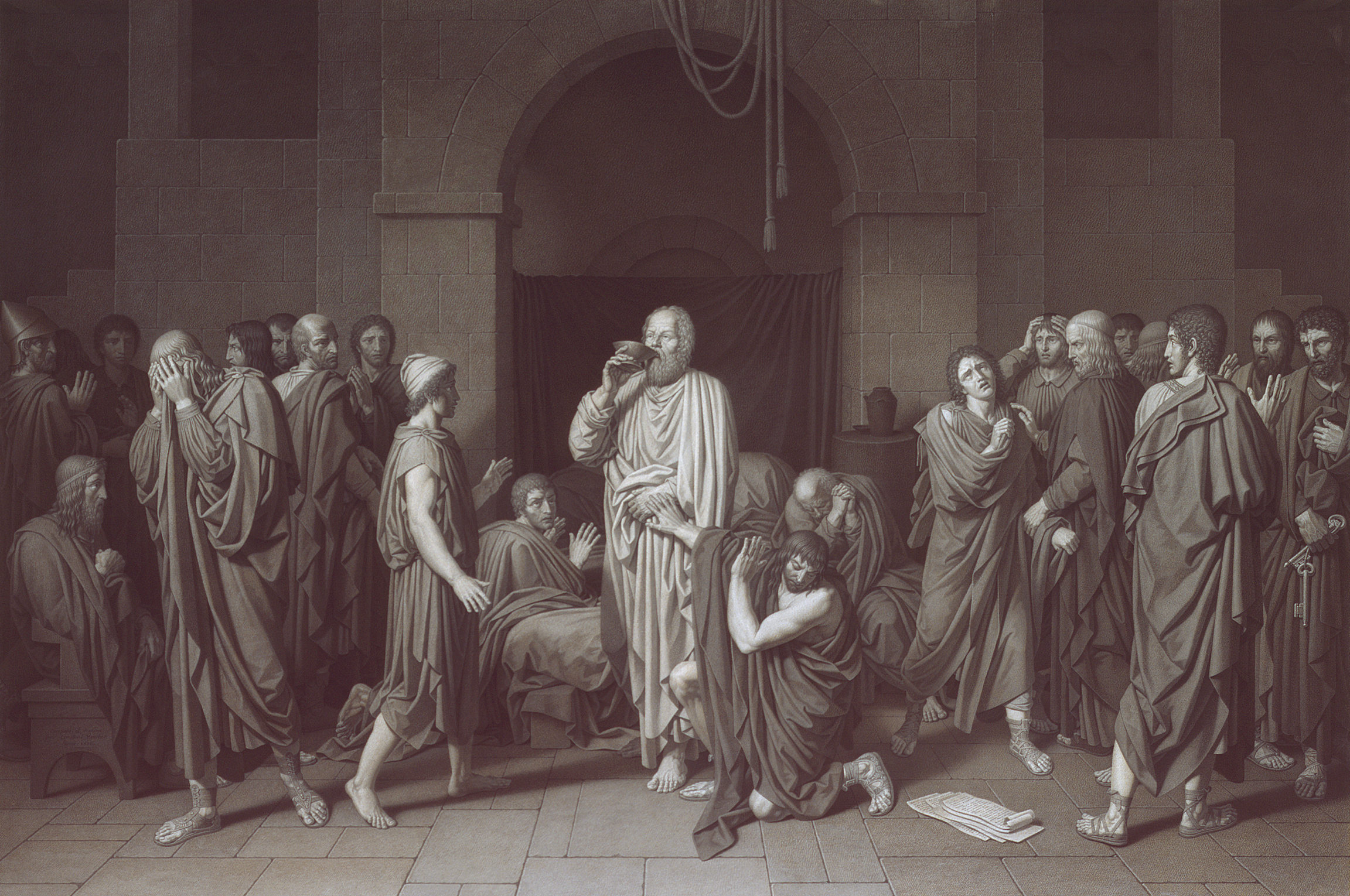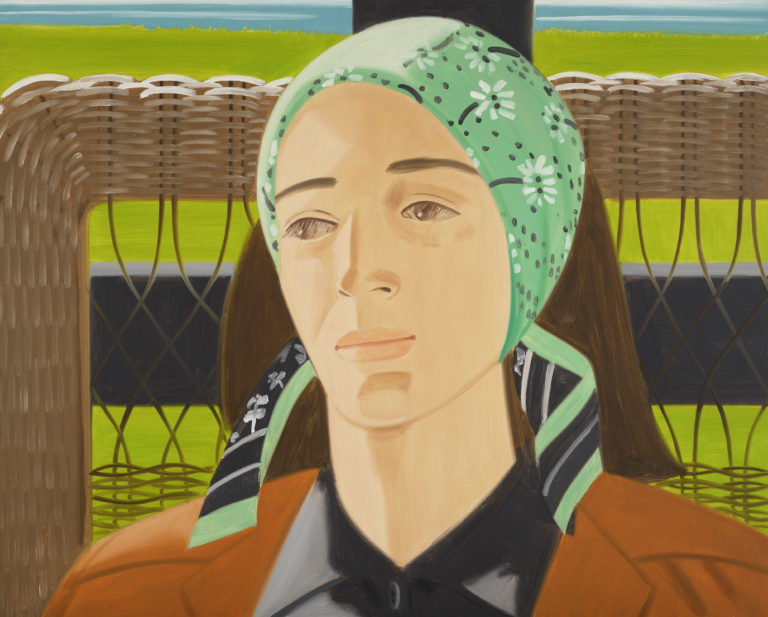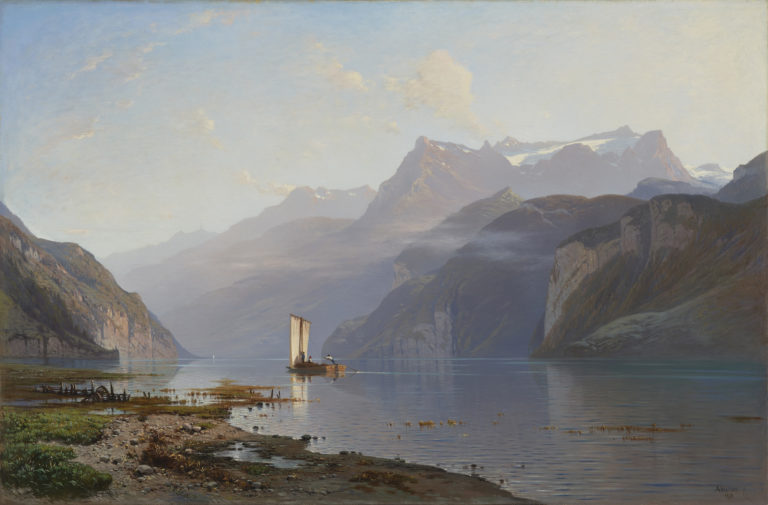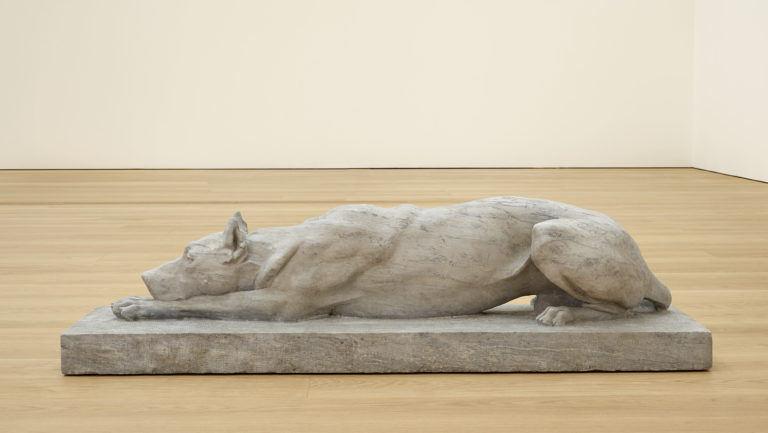Bibliography
Patrick-André Guerretta, « ‘‘C’est un nouveau Poussin qui s’avance sur la scène…’’. Gabriel-Constant Vaucher dans le contexte du revival du mythe de Brutus autour de 1785 », in Liber Veritatis. Mélanges en l’honneur du professeur Marcel G. Roethlisberger, Milan, Silvana Editoriale, 2007 : 283-295.
Anne de Herdt, « Dessins de Constantin Vaucher (1768-1814), un artiste néo-classique à découvrir », Genava, XLI, 1993: 1-15.




Gabriel-Constant Vaucher, the son of an enamel painter, studied drawing in Geneva before moving to Rome where he trained with his cousin, the painter Jean-Pierre Saint-Ours. Together, they promoted the neo-classical style in Geneva. Vaucher took up the death of Socrates ten years after Jacques-Louis David, seeing the episode as an exemplum virtutis to encourage bold citizenship in his contemporaries. The result is a striking example of the use of an episode from Antiquity to translate the thirst for a new ethics and politics after the French Revolution.
The scene takes place against a neutral architectural background. Socrates is shown drinking the hemlock, surrounded by a crowd of grieving disciples in theatrical poses, draped in sculptural togas. Most of the poses draw on the iconography of Christ’s Passion. The character kneeling in the foreground figures Christ falling on the way to Golgotha; the men prostrate in the background represent the apostles asleep on the Mount of Olives, while the young man wringing his hands represents John at the foot of the cross. The composition is strikingly arranged symmetrically around the central figure, inspired by Raphael’s School of Athens, a work Vaucher admired immensely.
The grisaille drawing’s taut lines, mastery of shading, and life-like realism are all typical of the virtuoso pencilwork Saint-Ours trained Vaucher in during their time together in Rome. The Musée d’art et d’histoire in Geneva has a monumental painting of the same subject. This smaller work in pencil was probably intended for the less wealthy clients Vaucher turned to over the years, finding few local buyers for large history paintings.